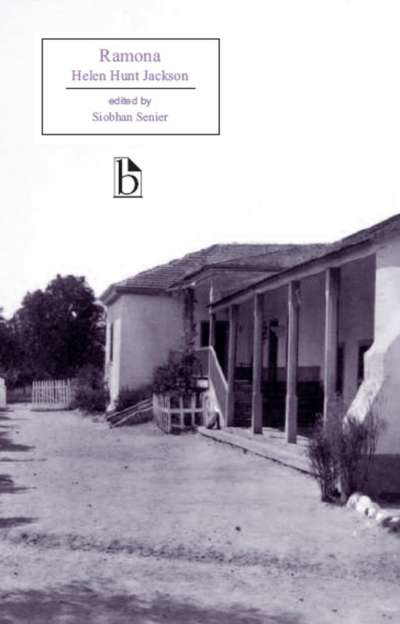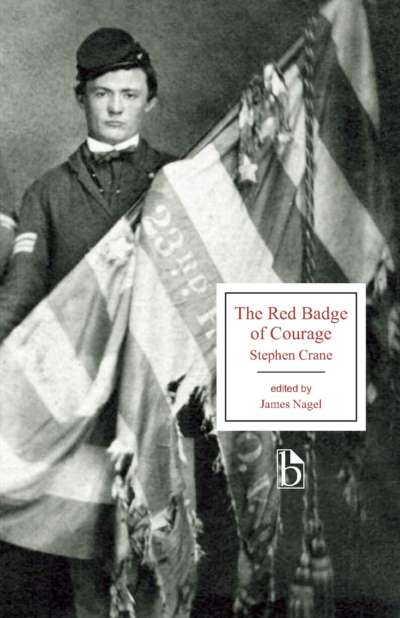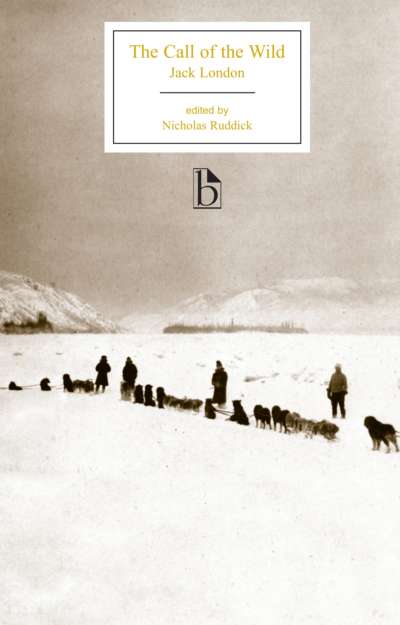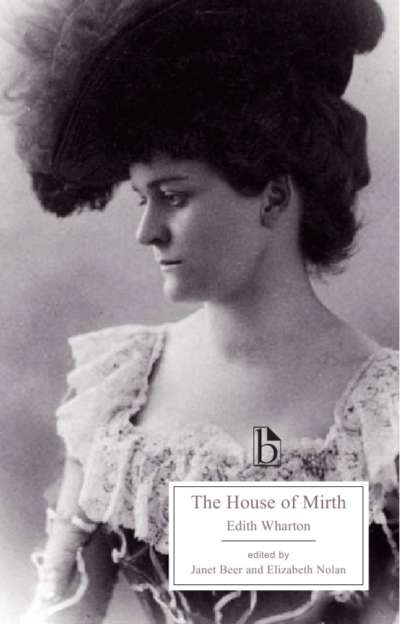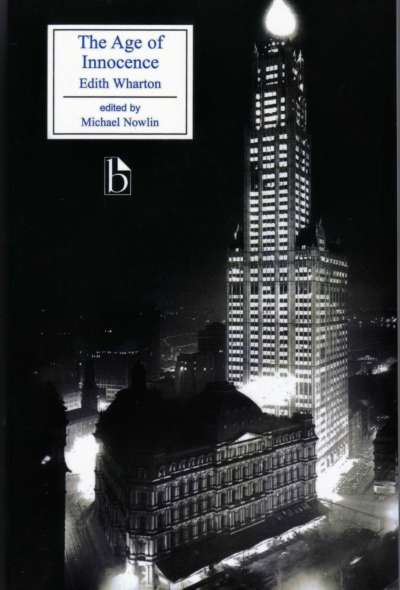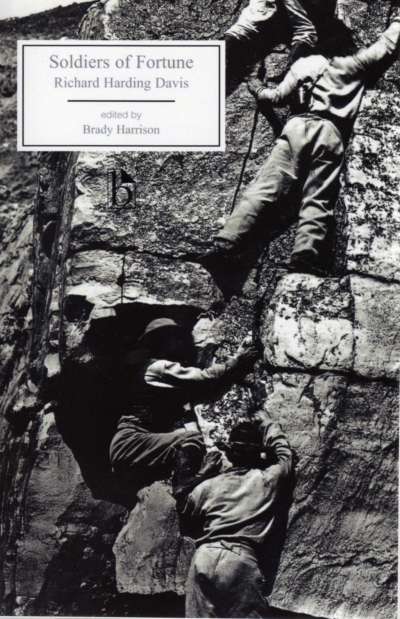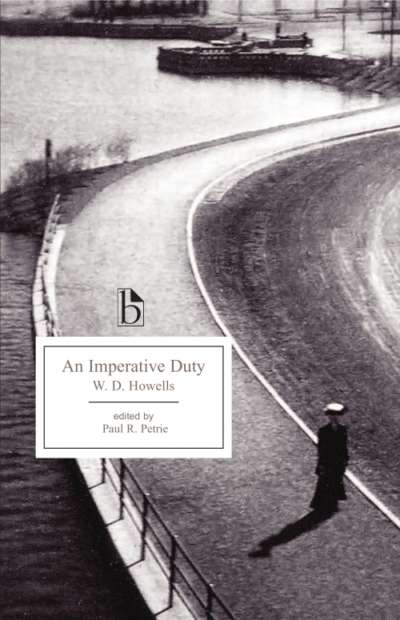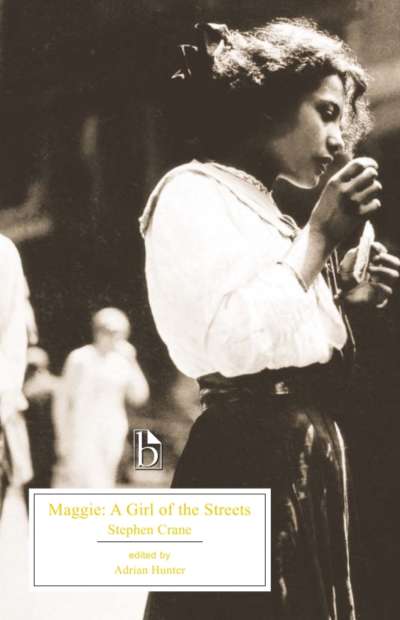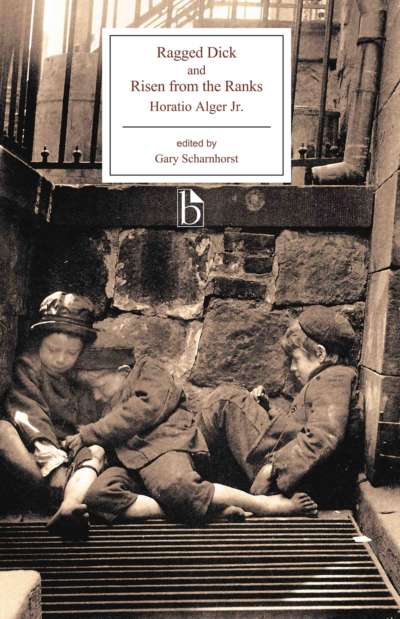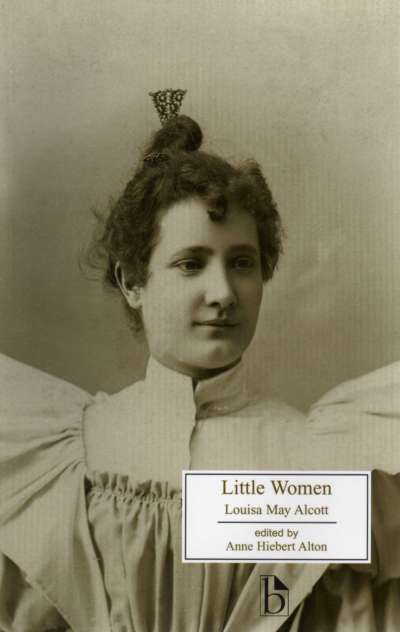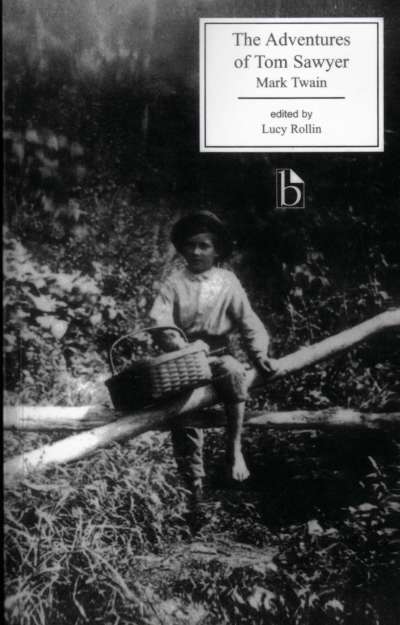
Written circa 1894-95 but published posthumously in 1914, Frank Norris’s Vandover and the Brute presents an unflinching portrait of unconventional sexuality, moral dissolution, and physical degeneration. In the setting of turn-of-the-century San Francisco depicted in Vandover, disaster encompasses far more than the vivid accounts of shipwreck or earthquake that appear in the novel. The slow wasting away of characters who contract syphilis, the suicide of a young girl, and the murder of a man clinging to a lifeboat fascinate readers today as much as they did a century ago, when this scandalous novel was first published. The most complete wreck is Vandover himself, whose artistic talents and constitution collapse after orgies of drink and sexual abandon.
Russ Castronovo’s new edition gathers historical materials on literary naturalism, gender and criminality, and the visual culture of the late nineteenth century.
Comments
“I’ve been howling like a wolf for years about the absence of a teachable edition of this amazing, just-on-the-verge-of-modern novel. College boys’ drunken revels over a welsh rarebit? Earnest discussions of the moral complexities posed by ‘modern girls’? Gamblers who start acting like living slot machines? Gobbling chocolates in the tub before scratching yourself for an hour? This one has it all. Thank you, Russ Castronovo, for bringing back a text that has never failed to fascinate undergraduates and PhD students alike.” — Jennifer Fleissner, Indiana University
“An accessible edition of Frank Norris’s outlandish and historically significant novel has been long overdue, and Russ Castronovo has made it happen. An embarrassment of riches, this edition will be of tremendous value to scholars and students. Vandover is an exceptional text, one that demonstrates the intersections of modernity, aesthetics, sexuality, and race in such a way as to make it indispensable in any course on American literature and culture. The critical analysis and historical contextualization Castronovo brings to bear on it serve to enrich our understanding.” — Dana Seitler, University of Toronto



